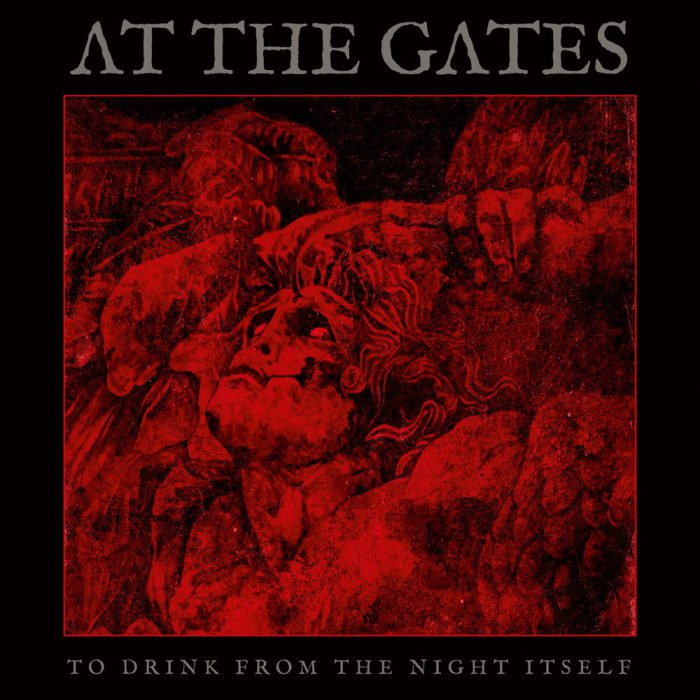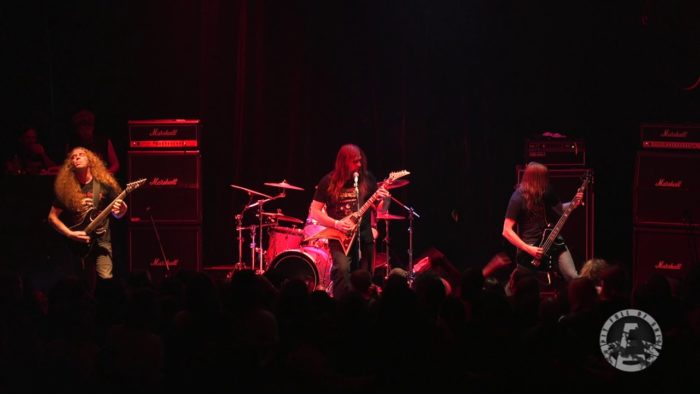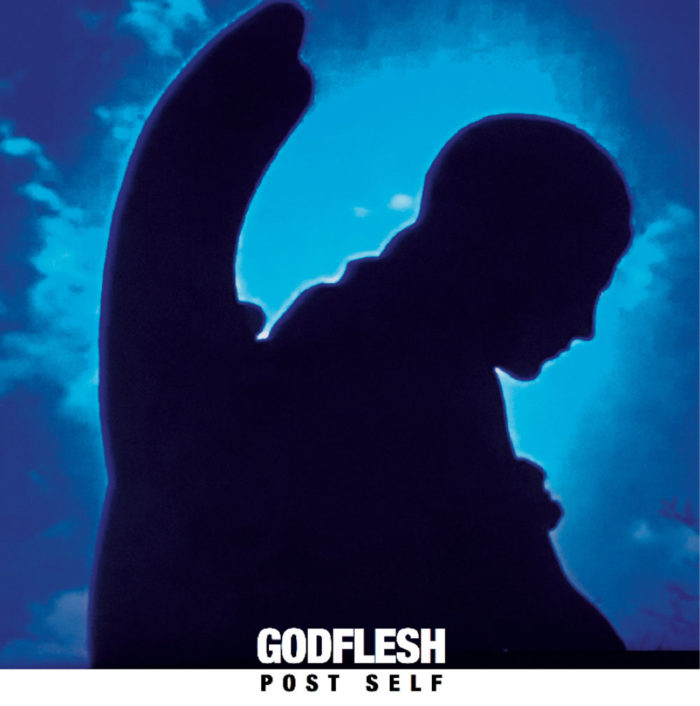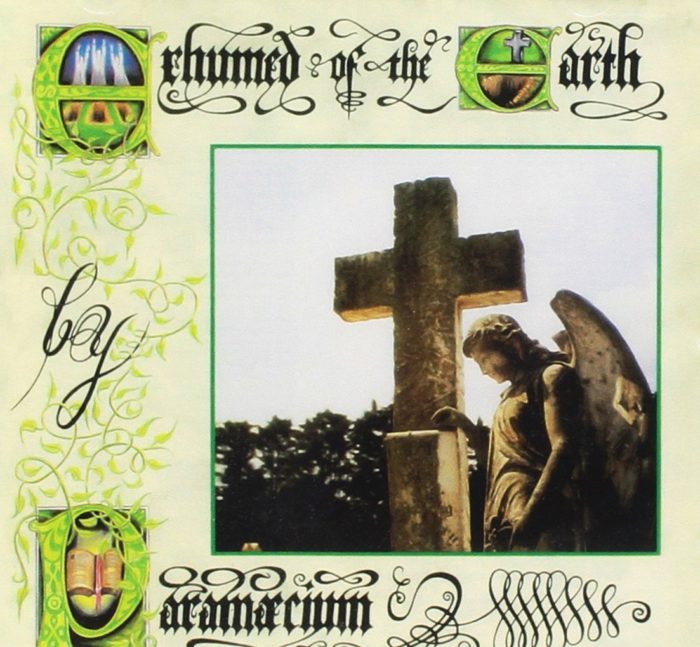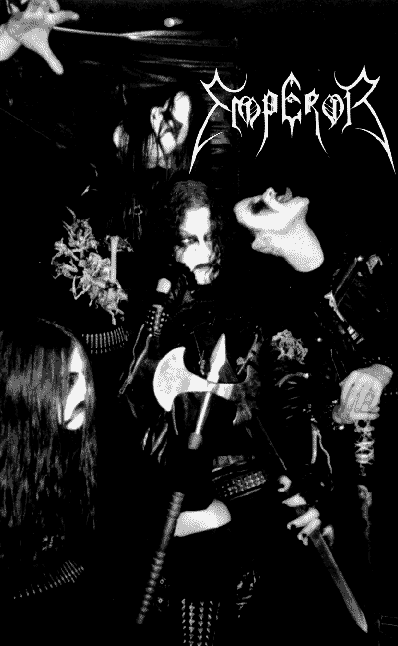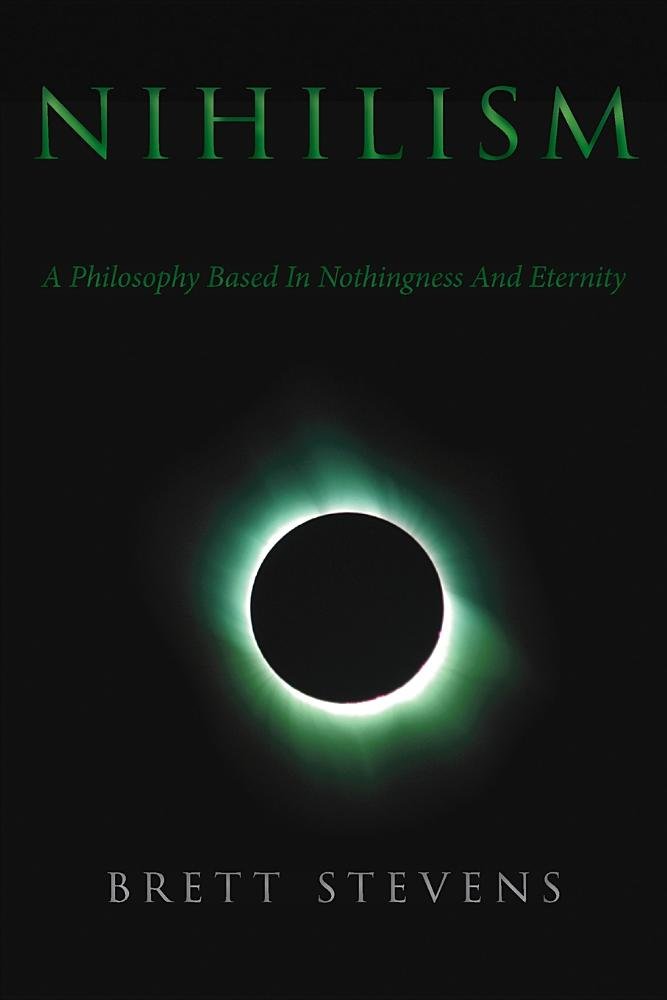
Amorphis are known for their terrible modern output that consists of ridiculous pop cliches and monotonous chugging. While their latest offering has furthered the pretension of this band and their Opeth like attempts of appealing to pseudo intellectuals through whatever the mainstream considers to be “deep,” it is hard to fathom that this band once produced some of the greatest Finnish Death metal to ever grace our ears. Through restrained, simplistic melodies that were all very tightly knit and some basic understanding of chord theory, Amorphis carved a grandiose album that would see them climb to the top of a fledgling movement.
The album opener “Karelia” – an acoustic piece recorded with two 12-string guitars – announced the intentions of conjuring grand battlefields where heroes would emerge amidst the chaos. The first guitar repeats a basic melody in the natural minor scale as the second guitar follows with the appropriate combination of diatonic minor and major thirds. As the melody continues without variation the diatonic chords move up a few semitones up the scale creeping towards battle as the chords quickly return to their original position until distorted guitars announce the battle.
3 CommentsTags: amorphis, analysis article, death metal, Finnish Death Metal, music theory
